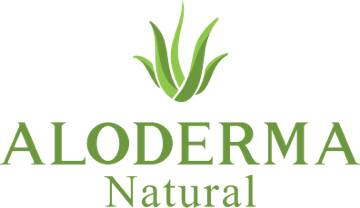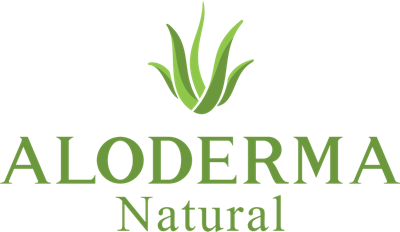If your skin has ever been in contact with poison ivy, then you have suffered through the blistering rash, and the unmerciful itching and scratching that the plant is notorious for. But not to worry! Applying Aloe Vera for poison ivy can help relieve some of the uncomfortable symptoms and also support the natural healing process, too. Of the many treatments available to ease the rash and itching, Aloe Vera is both effective and natural.
IDENTIFYING POISON IVY RASHES

Poison ivy is a wild plant that grows in leaves of three. It’s found throughout most of North America. Any time spent outside from spring to summer, chances are at some point you’ve walked past the shiny green leaves, or even through it, over it, or on it, without realizing it. It’s only when your skin comes in contact with the oily resin, or sap, from the plant that trouble begins. That residue, the plant’s oil, known as urushiol, is what gives the leaves its glossy, waxy appearance. The oily urushiol resin is found on the leaves, stems, and in the roots. Once on your skin, it can cause a blistering skin rash to erupt that can range from mild to severe, depending on how much sap gets on your skin and how sensitive you are to it.
Important: For severe rashes or reactions of any kind, consult your physician or dermatologist immediately.
HOW ALOE VERA HELPS POISON IVY
If the reaction to the poison ivy is mild, medical treatment is limited. In most cases, exposure to poison ivy can be treated by using natural self-care methods such as Aloe Vera Gel. Its topical application works for minor burns, insect bite relief, and other uncomfortable skin issues like itching caused by rashes or dry skin.
Help Calm your skin
Intense itching and continuous scratching from poison ivy can also lead to irritation. Aloe Vera’s antibacterial properties work to heal and soothe irritated skin and help avoid an infection. If an infection has already begun, applying Aloe vera can help with the healing process, however we would advise reaching out to a medical specialist if you suspect if you have an infection. Though Aloe vera is 95% water, the remaining content is a concentrated mix of amino acids, enzymes, vitamins, minerals, polysaccharides, glycoproteins, anti-inflammatory fatty acids and other compounds that contribute to Aloe Vera’s effectiveness for treatment of minor burns, wounds, insect bites, and rashes.
HYDRATION
Aloe Vera works as a long-lasting moisturizer by forming a protective film around the skin when dried. This film helps trap in moisture which, in turn, helps speed the healing process and prevents dry skin. This also helps soothe the itching and uncomfortability caused by poison ivy rashes.
HOW TO USE ALOE VERA FOR POISON IVY
Harvesting Aloe Vera gel straight from the leaf of the plant allows for easy access for topical treatment. Pure Aloe Vera Gel can also be bought for a more convenient and storable option. The important thing is to keep a thin layer of aloe over the affected area as much as possible, which may require frequent application.
MAKE YOUR OWN TOPICAL ALOE SPRAY
Poison ivy rashes can be spread by touching, making it tricky to apply anything topically to the rashes. The best way to apply Aloe Vera to the skin while avoiding touching and spreading the rash is to create your own Aloe spray by watering down the gel and putting it in a spray bottle. This makes frequent applications convenient and you won't have to touch the rash at all, risking spreading it further! You can create your own aloe spray with these easy steps:
- Mix equal parts Aloe gel and water in a blender
- Add more water if needed to produce the mist from a spray bottle
- Spray the affected area several times a day as needed for itch and irritation relief
- Be sure to refrigerate your Aloe Vera, whether for topical use as a rub or as a spray, to preserve the essential compounds. It will also make it an even more cooling, soothing application the next time it is needed
If you are like us and the idea of making your own spray seems like a lot of work, especially when taking into account the clothes staining properties of the outer rind of aloe, it might be good to have a Pure Aloe Vera Product on hand. Always be sure to check the ingredients on the products you buy to ensure aloe vera is the first ingredient on the list, otherwise you might not be applying what you think you are.
Swelling, blisters, pain and an amazing amount of itching—poison ivy rash is a condition most of us would rather avoid. When an outbreak does occur, turn to Aloe Vera is a natural option in treating your poison ivy. Though results may vary, topical application can offer welcome relief from itching and scratching, and help soothe your swollen, irritated skin as it heals.





